The United Nations Children’s Fund (UNICEF) is a UN program founded in 1946 and headquartered in New York City that provides long-term humanitarian and developmental assistance to children and mothers in developing countries. To measure the adequacy of its responses and resources allocation in terms of sector funding, staffing, supplies allocation until delivery, it has instituted the Humanitarian Performance Monitoring (HPM).
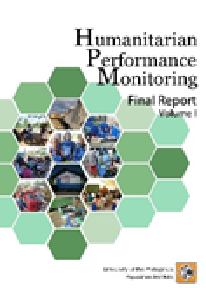
The HPM was implemented in the country after the onslaught of typhoon Yolanda in November 2013 that left thousands dead and tens of thousands more without food, water, and shelter in the Visayas islands. As one of the organizations that quickly responded to the humanitarian crisis, the UNICEF commissioned the UP Population Institute (UPPI) to conduct the HPM survey on its concerns: water, sanitation and hygiene (WASH), health, nutrition, education and child and women protection.
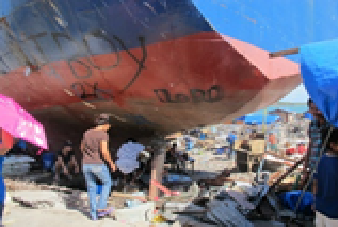
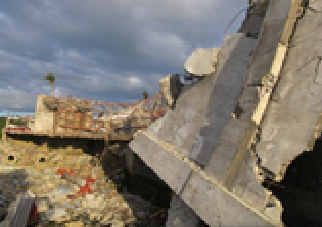
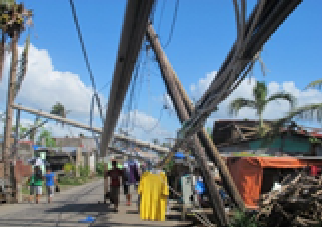
Pictures of the destruction caused by typhoon Yolanda. Left, a ship gets beached on dry land; middle, a huge building appears to have been carpet-bombed; right, toppled electricity facilities.
In December 2013, just over a month after the disaster, a team of veteran field workers from the UPPI central office arrived in Tacloban City full of uncertainties in terms of
accommodation, food, water, health, and safety. The city was arguably ground zero, the worst-hit area in terms of deaths and material property so the survey started from there and was expanded to neighboring towns and into more distant cities and municipalities until all of the 40 target areas were completed.
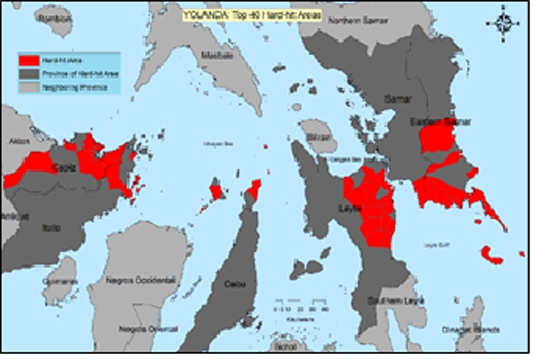
Map of the Visayan islands with HPM areas in red.
The survey was conducted in two phases, the first served as both baseline and basis for initial assessment of the status of the affected areas and the second, to assess progress made by the UNICEF programs. Phase 1 took about three months to complete from December 2013 to March 2014. It covered 917 barangays across 40 cities and municipalities in Regions VI-VIII or a total of 23,062 individual respondents. Phase two of the project started in September 2014 and was finished in November of the same year covering the same cities and municipalities. For this phase, a total of 23,294 individual respondents were interviewed. The survey required the training of a total of 209 field supervisors and field interviewers in the identification of respondents and the collection of data.
For both phases, a three-stage sampling design was used to identify household respondents. First, cities and municipalities were divided according to number of barangays with 30 as cut-off. For those with 30 or less barangays, all barangays were taken. For those with more than 30 barangays, probability proportional to size based on the 2010 Census of Population Household was used. Barangays with a population of less than 200 were excluded from the sample. Instead of the pen and paper, android tablets were used to collect data and this facilitated results to be quickly generated. Monitoring of field implementation was extensively undertaken to ensure data quality.

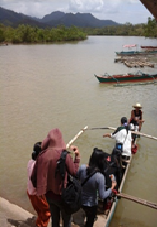
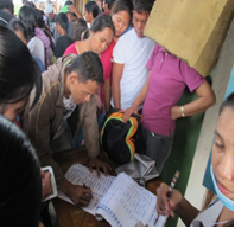
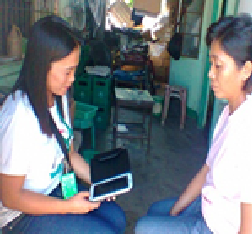
Fieldwork snapshots: (1) first training of field workers in Cebu; (2) field workers en route to an area via boat; (3) sampling of respondents at the Tacloban City gymnasium; (4) an interview.
Share
